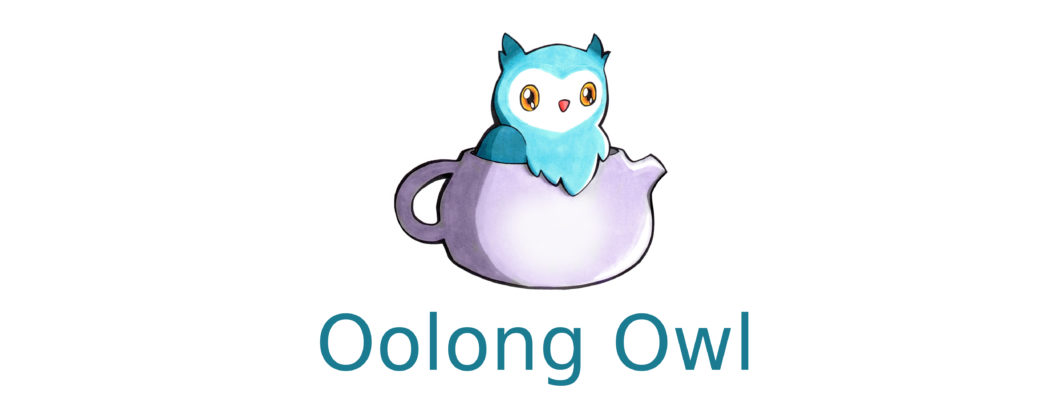2018 World Tea Expo Highlights | 2018 World Tea Expo Haul
What was Trending at the 2018 World Tea Expo?
Everything is Expensive and the 2018 Tea Harvest is Killer
2018 is an expensive year, across the board. However, 2018 is also a good tea year, especially compared to 2017 which was not so great that I didn’t buy much oolong and puer despite the urge to stockpile for it being my zodiac year. Across the board, every farmer and tea producers I asked told me this year their teas are great, regardless of area. One Taiwanese vendor told me it is close to 2015 good (ahhh I loved 2015) and is looking good for bug bitten.
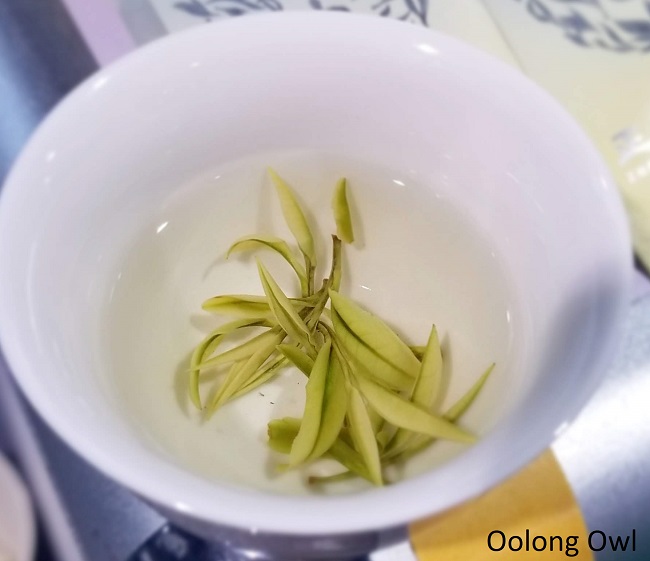
Embrace the Border Tea
Now that everything is bloody expensive, all us tea junkies are getting priced out especially if we want to enjoy the quality we’ve received in the past. I mentioned previously HuangPian is one cheaper option if you want affordable single origin puer. But if you don’t want ugly leaves that were intended for farmer consumption, you are paying the big bucks or getting a blended tea. One vendor had a great 2018 puer… for $300 a cake. Yes, it’ll be $390 next year, but I bloody can’t pay $300 now. Enter border tea. Yes, you are not getting that Nannou or Yiwu, but it is time people buy with their taste, not with a bias of a region.
I had some CRAZY good tea, some from old trees (100-500 years old), with prices that I don’t have to hide the receipts from my significant other. Thailand, Vietnam, Myanmar, Indonesia, and Laos are looking pretty good and were in force at the World Tea Expo. What I felt was important was these countries presence as exposure. Too often western facing sellers buzzword “GUSHU” but neglect to say it isn’t from Yunnan, let alone China (not counting inflating age and all other sorts of crazy marketing schemes).
Here’s a 400 year old tree Laotian Green.
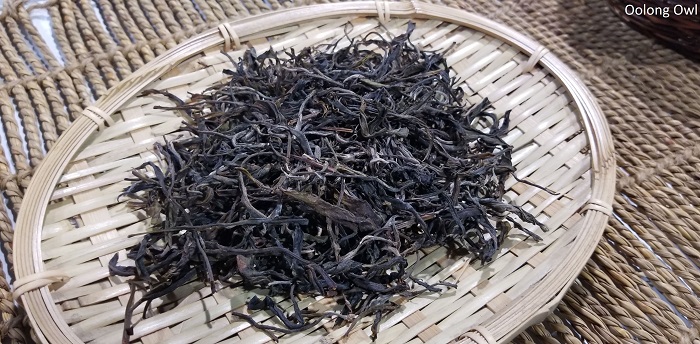
Hey, it’s even on Amazon now!
Hunan Tea Rebranding
It seems each year a region of China attends the World Tea Expo and this year is Hunan. I was excited at the prospect of filling my suitcase with dodgy looking heicha logs that TSA would probably bomb swab down. What I found was a sea of green and white teas and no heicha. I asked for heicha and was corrected it isn’t heicha anymore. Long gone is the twiggy, dank tea that isn’t known by the general tea drinking population, and in was “HEI TEA”. They rebranded Heicha as Hei Tea, which was pushed as a fermented black tea. Black tea with the health benefits of fermentation.
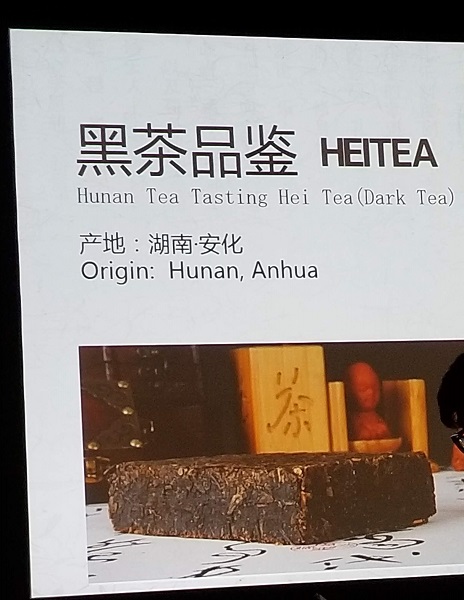
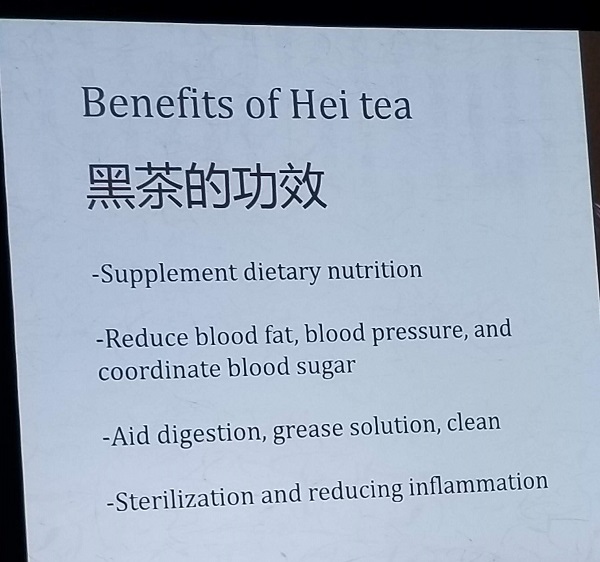
Cool. The dark tea was also presented in Western tea drinker friendly ways – instant powers, mixed with flavors, or pressed into single serving coins. By the way, the 6-8 gram coins were very trendy this year. I didn’t see Keurig Heicha, but I wouldn’t be surprised if they had some. The Hei Tea was ultra clean tasting, simply sweet, bright, woodsy, and earthy.
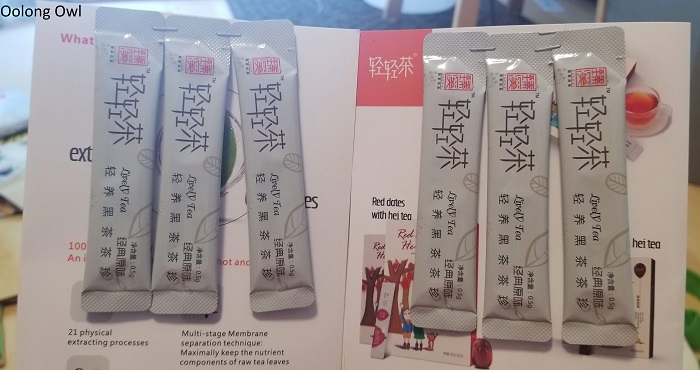
I felt the move was smart, as this makes dark tea more appealing to a wider audience. Sad for me and others, who want dodgy tea with mold on it.
White Tea isn’t in, but it should be
Interestingly, last year I noticed there was little white tea present. 2018 had a bit more white tea than just the standard silver needle and shou mei. Of the best teas I tried many were white teas. My mind was blown at the quality and experience of the white teas from Thailand and Indonesia. I gladly forked out a large sum for a gushu white tea from Myanmar that I could taste something was special before I knew it was old tree. The Hunan white teas I tried were beautifully delicate and fresh. I overheard many tea shop buyers stating green tea is their number 1 seller, with #2 being black tea, so they are completely missing out on amazing white tea.
Tea Growers are getting ambitiously experimental
I’ll just let this photo do the talking here:
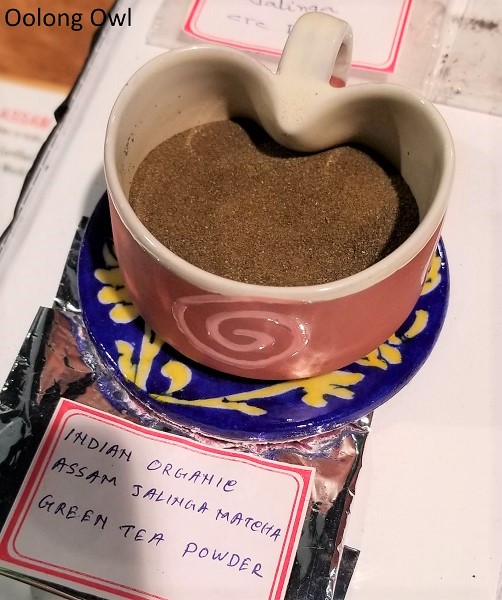
I also got to experience an Indian grown and processed heicha cake. Sadly, there are still some kinks in the processing, but it was off to a good start on flavor.
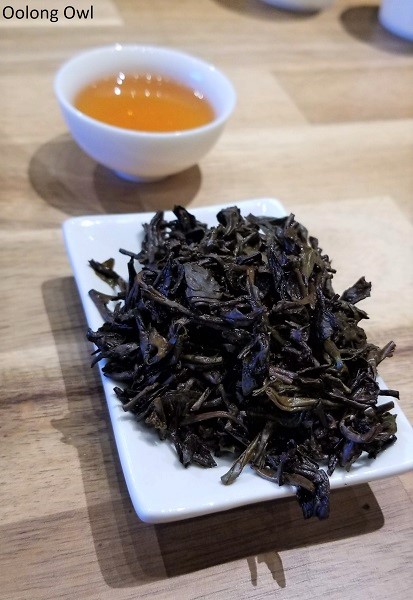
Better Tea Bags
There were a couple tea bag material sellers at World Tea Expo, one being One Earth. One huge issue with easily available, grocery store tea is their awful tea bag material. I swear some I can taste the paper. I especially hate the popular pyramid “silk” ones that are just plastic that doesn’t break down. One Earth, in particular, has compostable in 21 days tea bags. I was impressed with this push for better, less waste, more environmentally friendly tea bags. I mean, you can just go loose leaf and have less waste, but for those who want the convenience of bags, this is a great option I hope to see other tea sellers pick up on.
Owl Thoughts
What do North American Tea Drinkers Want?
Every year I raise my eye at some of the non-North American tea companies doing things to their tea to make it sell here. Answers have been pretty gift packaging, adding flavoring to everything, instant tea, Keurig pods, and tea tech. One thing I winced at was some old tree tea that they mowed up and put into tea bags. There is still plenty of push of green tea and health things. I did nod at colour changing tea, that is very appealing to the social media powers.
I was impressed a couple times with some tea farmers that simply adapted to tastes than messing with packaging or presentation. One said that they noticed their customers love roasted teas, so they started roasting their oolongs. Roasting their teas also set them apart from all the other sellers there, who are pushing green oolongs.
Quality
I overheard an interesting comment from a tea buyer saying North American tastes are used to such bad tea, they buy a step up from the worst. That comment just tied together everything I’ve seen and tried over the years. That tactic also has driven myself and my tea peers, who’ve gone deep into loose leaf, to be not satisfied with teas out there and quest to find better, ordering off oversea sites. But I also understand it, as plenty of times I’ve received horrified comments about how much I’ve spent on a tea, so selling all quality tea will just not sell in the bigger market. Tea to many is $3.50 for a box of 20-100 at the grocery store, with a price jump at big flavored tea chains selling for around $3-$5 an ounce (28 grams). In my crazy tea ways I don’t mind dropping $15 an ounce, and quite a few times I’ve paid $35 an ounce. However, in the end, it is getting a foot in the door for people to learn there is better tea out there, but sellers (and our wallets) have to be ready especially if they keep buying quality better than the others.
2018 World Tea Expo Highlights | 2018 World Tea Expo Haul
(Amazon affiliate links)





